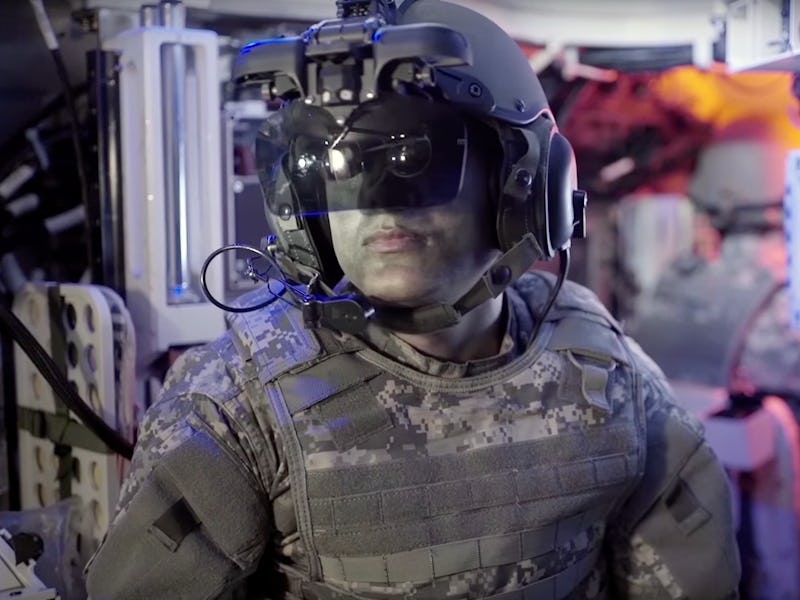IronVision VR Goggles Promise to Make Tank Armor Invisible
Could be a bit problematic if the camera gets shot off, though.

Tanks were invented to be modern, mobile castles from which soldiers could fight and move in relative safety. They’ve been around since World War I, and the general concept has stayed the same. Take a massive hunk of metal, put some tracks on it, and stick a bunch of guns to it for good measure.
Tank armor is not, however, easy to see through. Vision is usually minimal inside of tanks, because generally material you can see through tends to be more fragile than massive plates of steel. But Israel’s Elbit Systems may have found a new way around that — militarized VR goggles.
The company’s new “IronVision” system promises to give tank drivers a full range of vision without making them leave the tank. The system appears to be a sort of visor, or heads-up-display you might find in a Tesla screen that attaches to the soldier’s helmet, providing them with the weird sensation of sitting inside nothing, as it turns the walls of their tank and even their surrounding crewmen semi-invisible.
Obviously, this would be a huge help on the battlefield, letting drivers control their vehicles precisely and securely, but we’re not sure it’s a perfect system. For one, the sensation of having nothing to protect them could be extremely disorienting for tank crewmen, and if drivers begin to rely on artificial vision to pilot their vehicles, disabling or crippling a tank could be as simple as shooting off the cameras outside of it.
Nope, fuck this.
There’s also the problem with latency, or video lag. Competitive drone-racing pilots use analog (or antenna based) video-feeds because they’re near-instantaneous. Unfortunately, they’re also extremely easy to disrupt, falling prey to anything from physical obstructions.
Digital feeds tend to have a certain amount of delay. However, Elbit promises that the IronVision will have “zero latency,” possibly through a direct feed (i.e. a cable) the driver can plug into. You can check out the (slightly hokey) product video below: